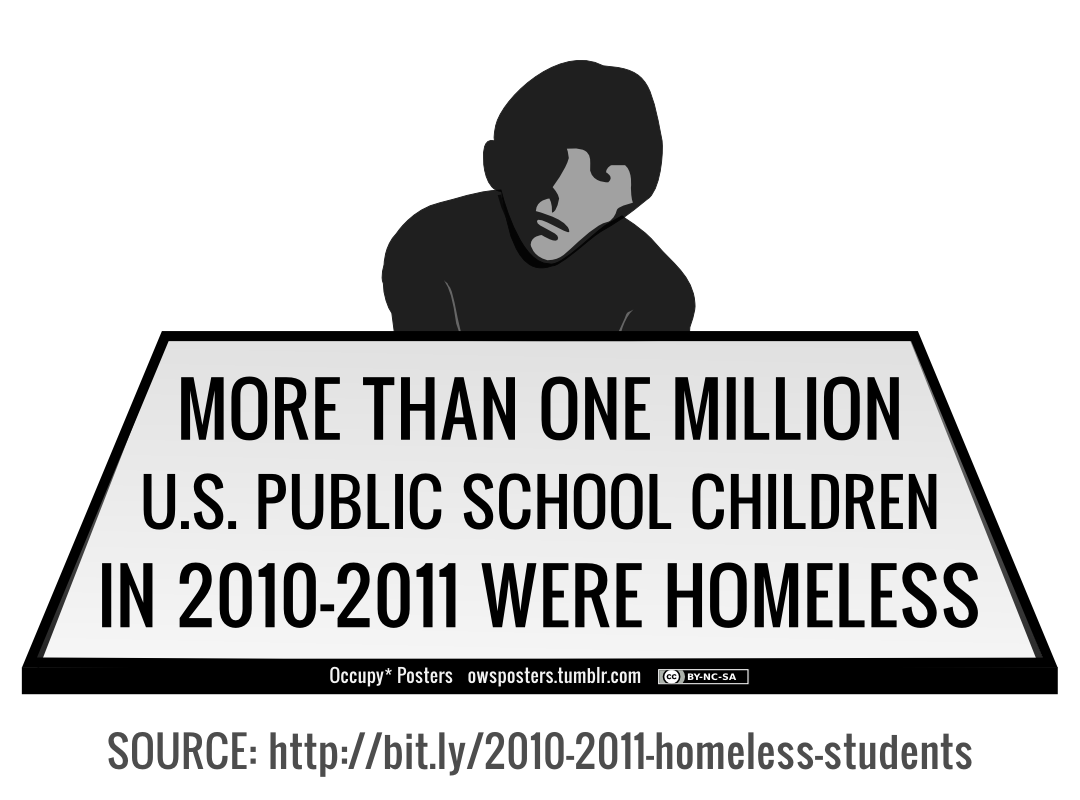Time to Focus on the Real Education Problem: Poverty

By Daniel A. Domenech, Executive Director, AASA: The School Superintendents Association

Many Americans believe public schools are failing our students. Public officials, the media, and investors seeking to cash in on the billions of dollars supporting education by privatizing schools often reinforce this opinion. This opinion is wrong.
 Substantial evidence illustrates public schools are doing better than ever. The dropout rate is at an all-time low. Conversely, the high school graduation rate is the highest it’s been in decades.
Substantial evidence illustrates public schools are doing better than ever. The dropout rate is at an all-time low. Conversely, the high school graduation rate is the highest it’s been in decades.
Unfortunately, we have dysfunctional schools where students’ needs are going unmet. These schools are capturing the public eye, causing observers to ask, “How could they exist in the richest and most powerful country in the world?” The predominant populations attending these schools are children of poverty, and in most cases, ethnic minorities. This isn’t an educational problem. It’s a problem within our society.
Driven by the economy, the achievement gap casts its ugly shadow long before students ever come to school. Compared to all industrialized nations, we live in a society with the highest percentage of children in poverty. Our society refuses to acknowledge that poverty is, by far, the single-biggest factor in determining student achievement. We operate in a society that

Many Americans believe public schools are failing our students. Public officials, the media, and investors seeking to cash in on the billions of dollars supporting education by privatizing schools often reinforce this opinion. This opinion is wrong.
 Substantial evidence illustrates public schools are doing better than ever. The dropout rate is at an all-time low. Conversely, the high school graduation rate is the highest it’s been in decades.
Substantial evidence illustrates public schools are doing better than ever. The dropout rate is at an all-time low. Conversely, the high school graduation rate is the highest it’s been in decades.Unfortunately, we have dysfunctional schools where students’ needs are going unmet. These schools are capturing the public eye, causing observers to ask, “How could they exist in the richest and most powerful country in the world?” The predominant populations attending these schools are children of poverty, and in most cases, ethnic minorities. This isn’t an educational problem. It’s a problem within our society.
Driven by the economy, the achievement gap casts its ugly shadow long before students ever come to school. Compared to all industrialized nations, we live in a society with the highest percentage of children in poverty. Our society refuses to acknowledge that poverty is, by far, the single-biggest factor in determining student achievement. We operate in a society that
